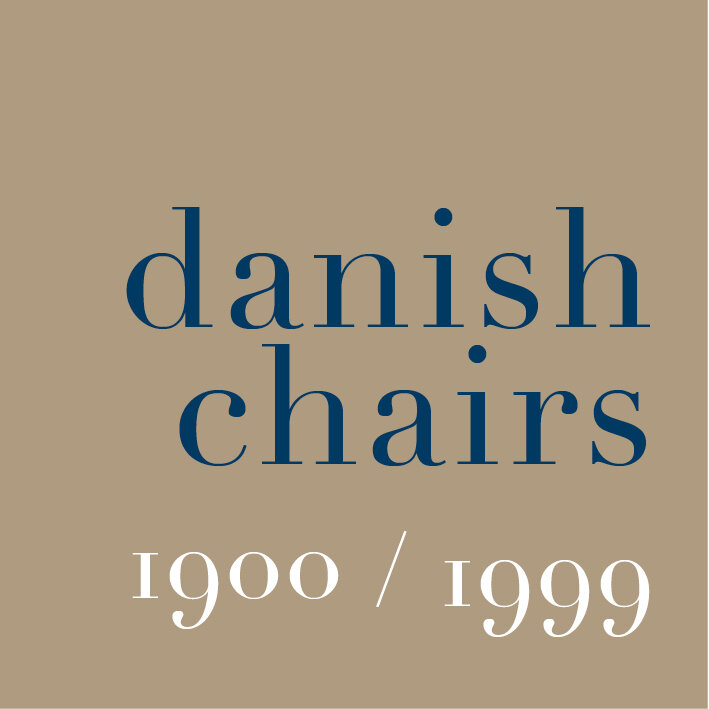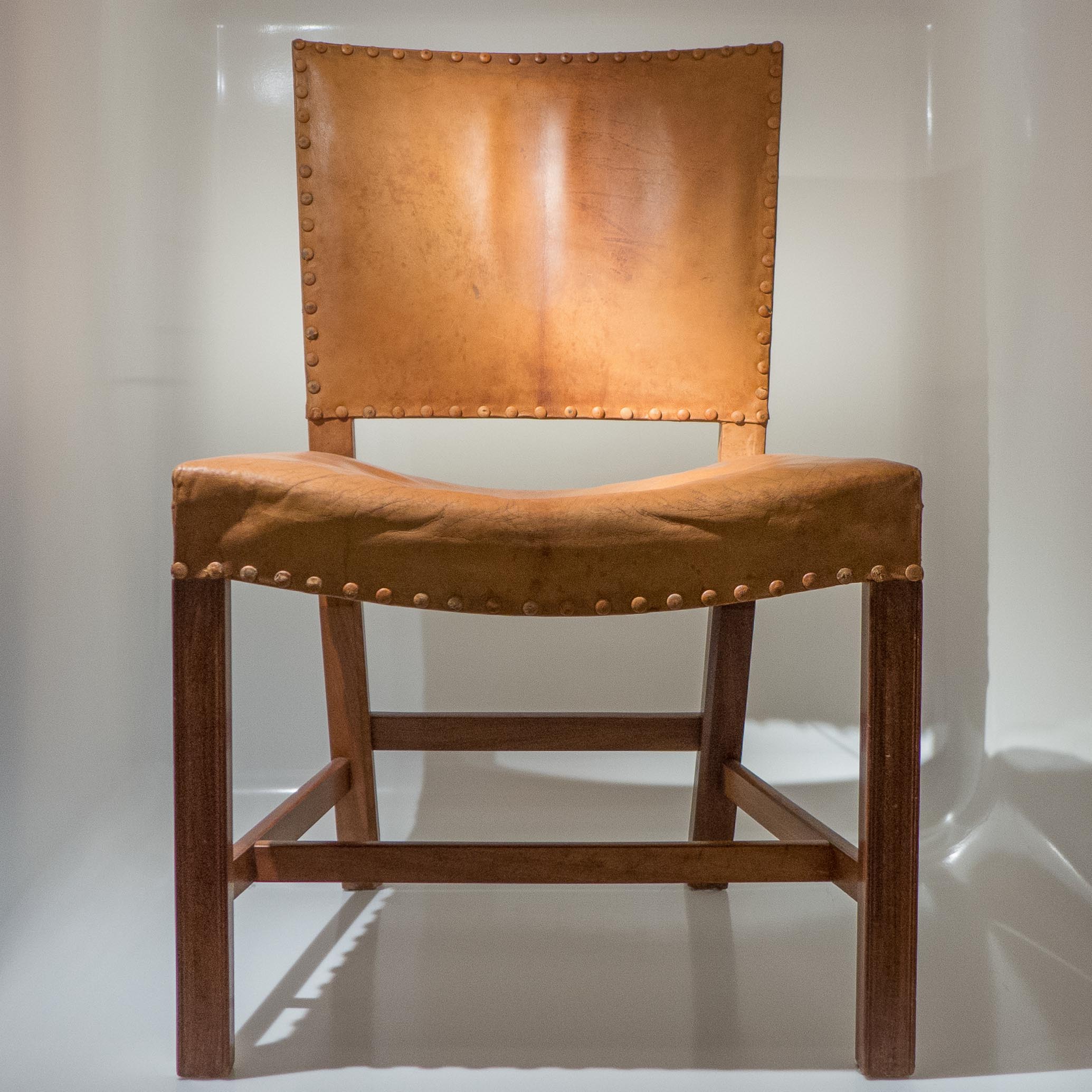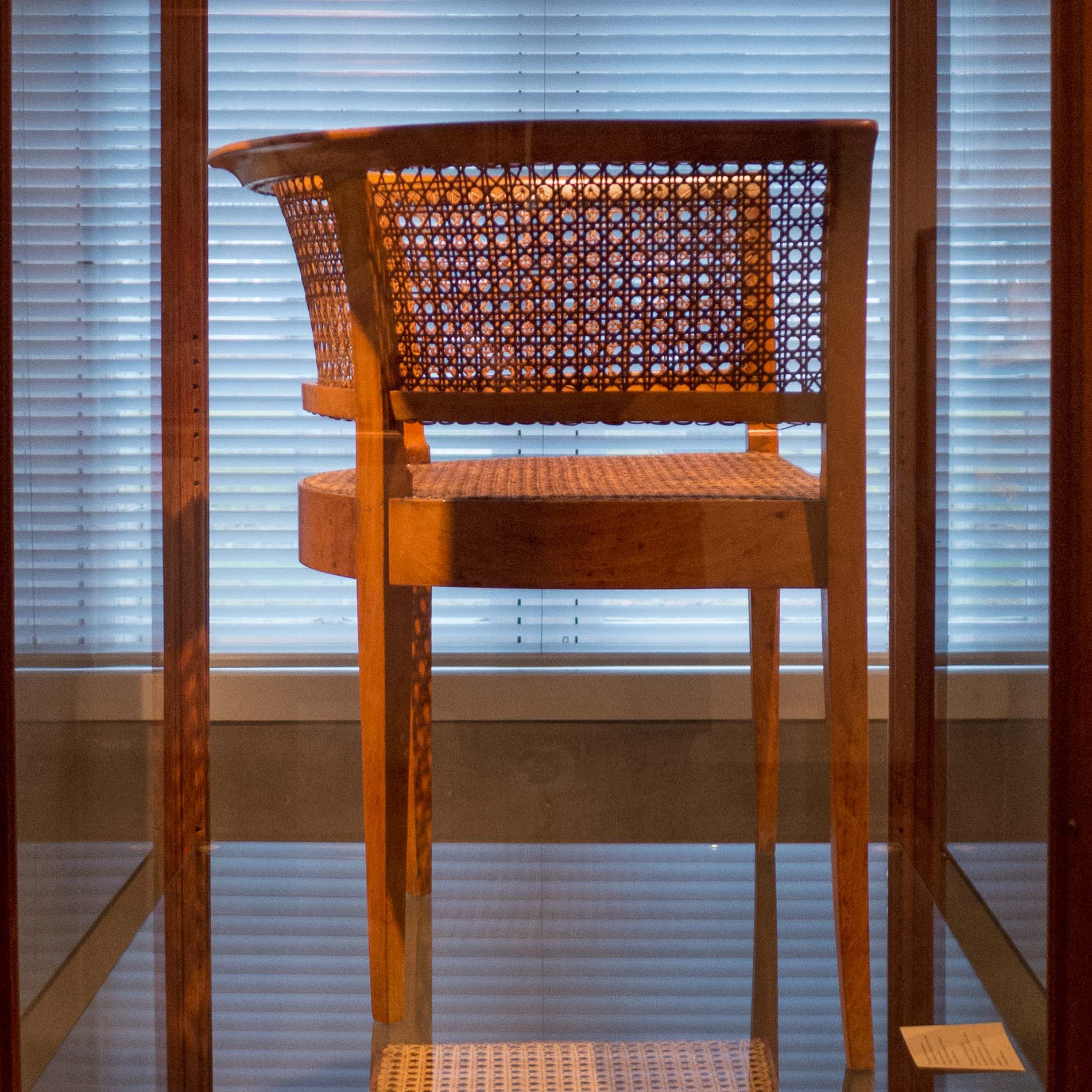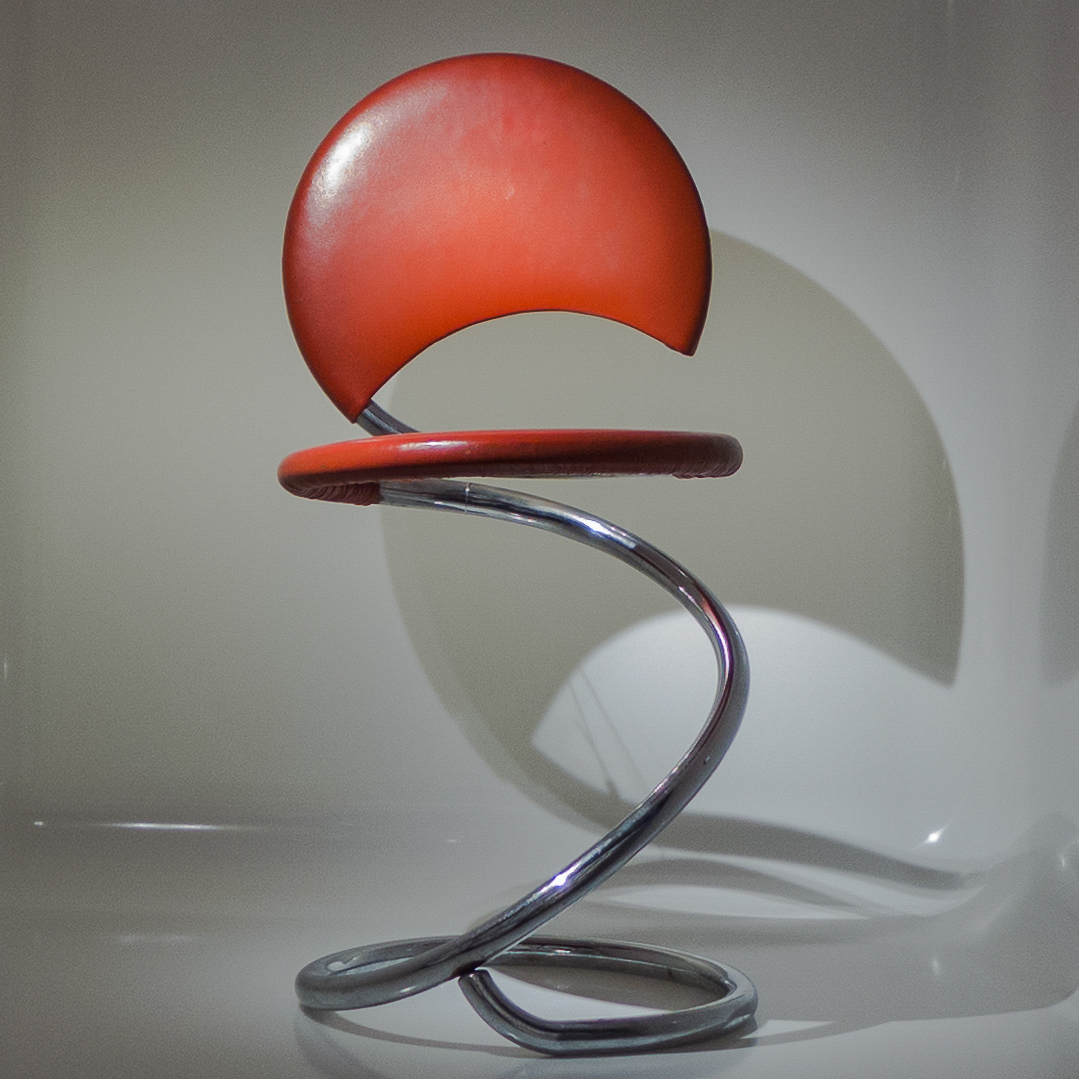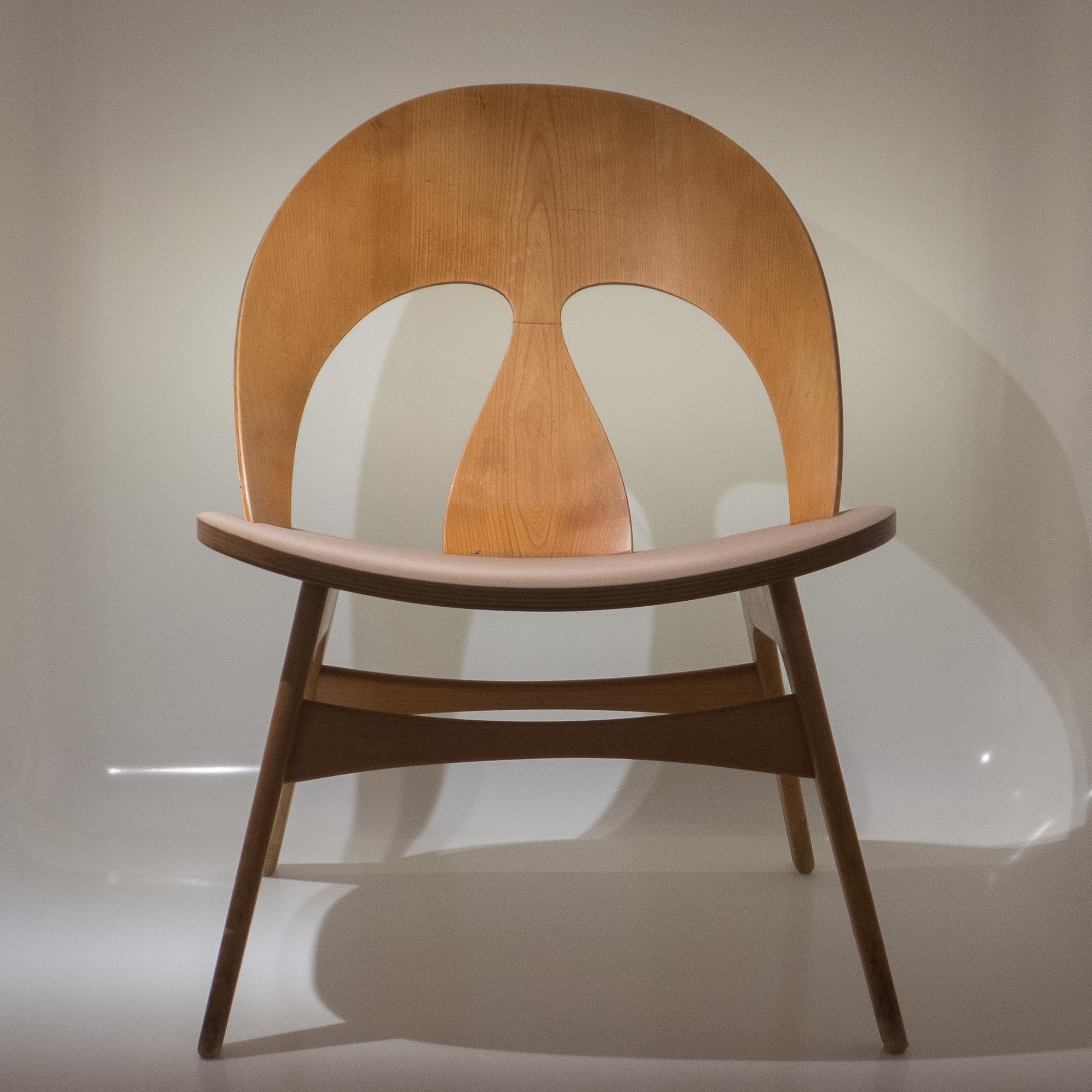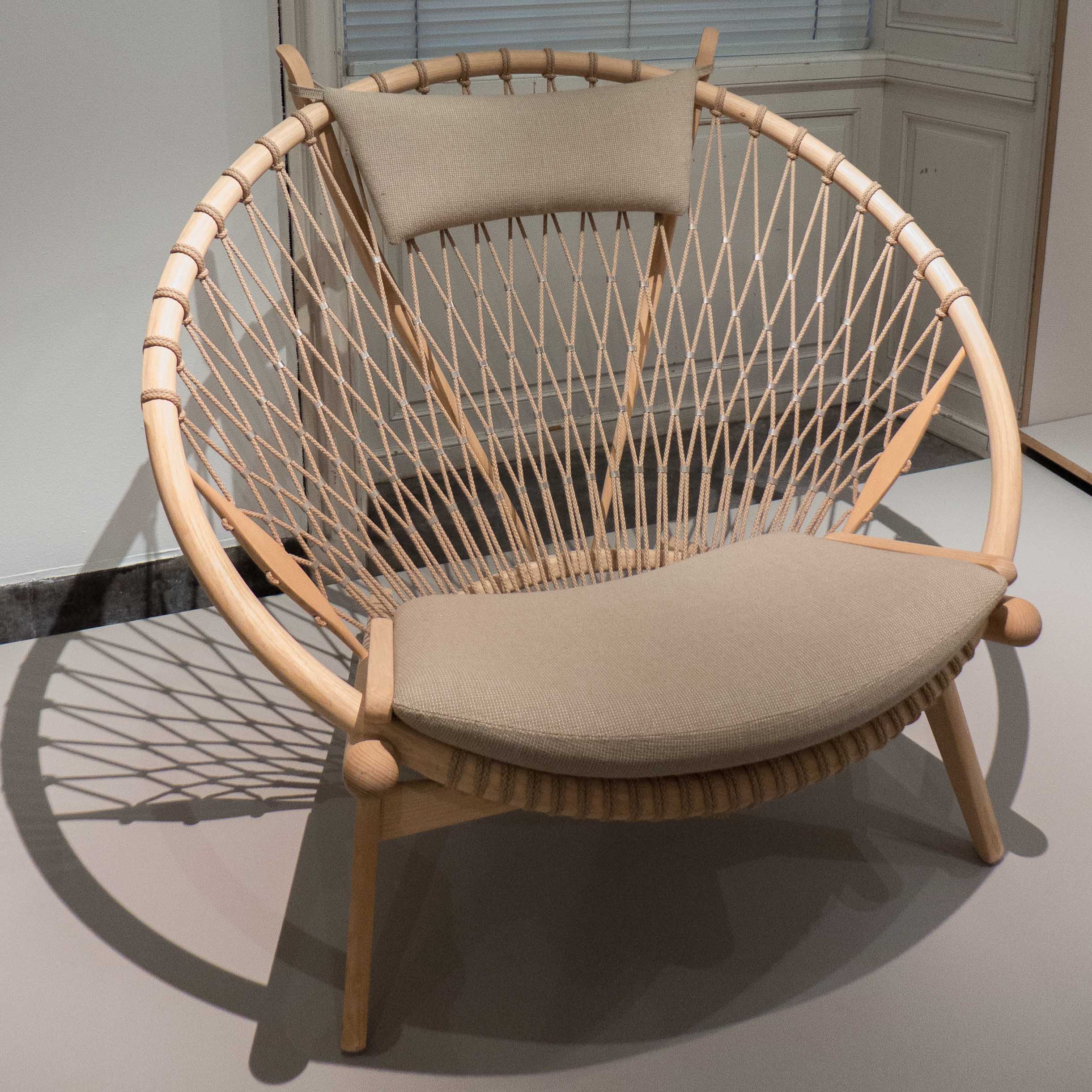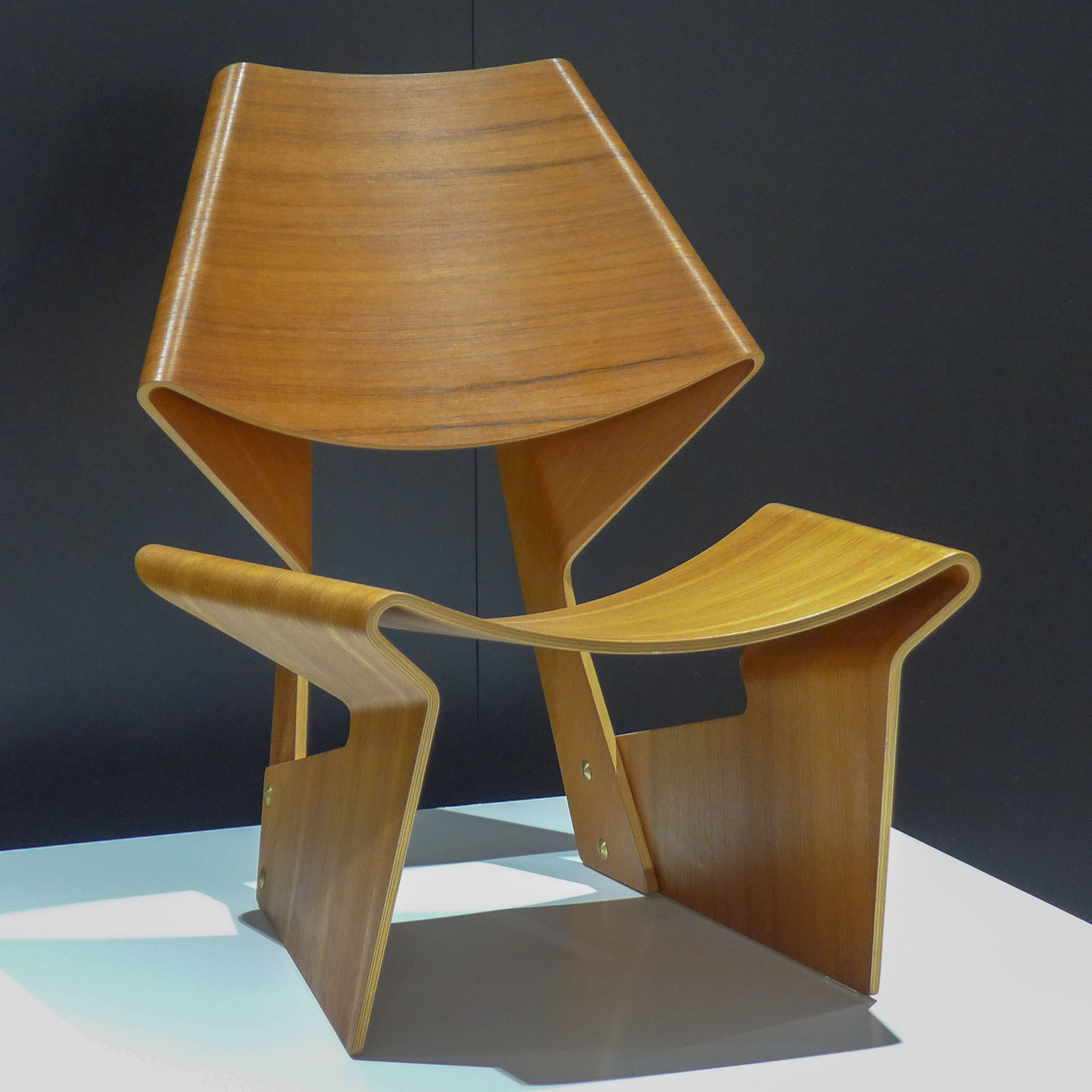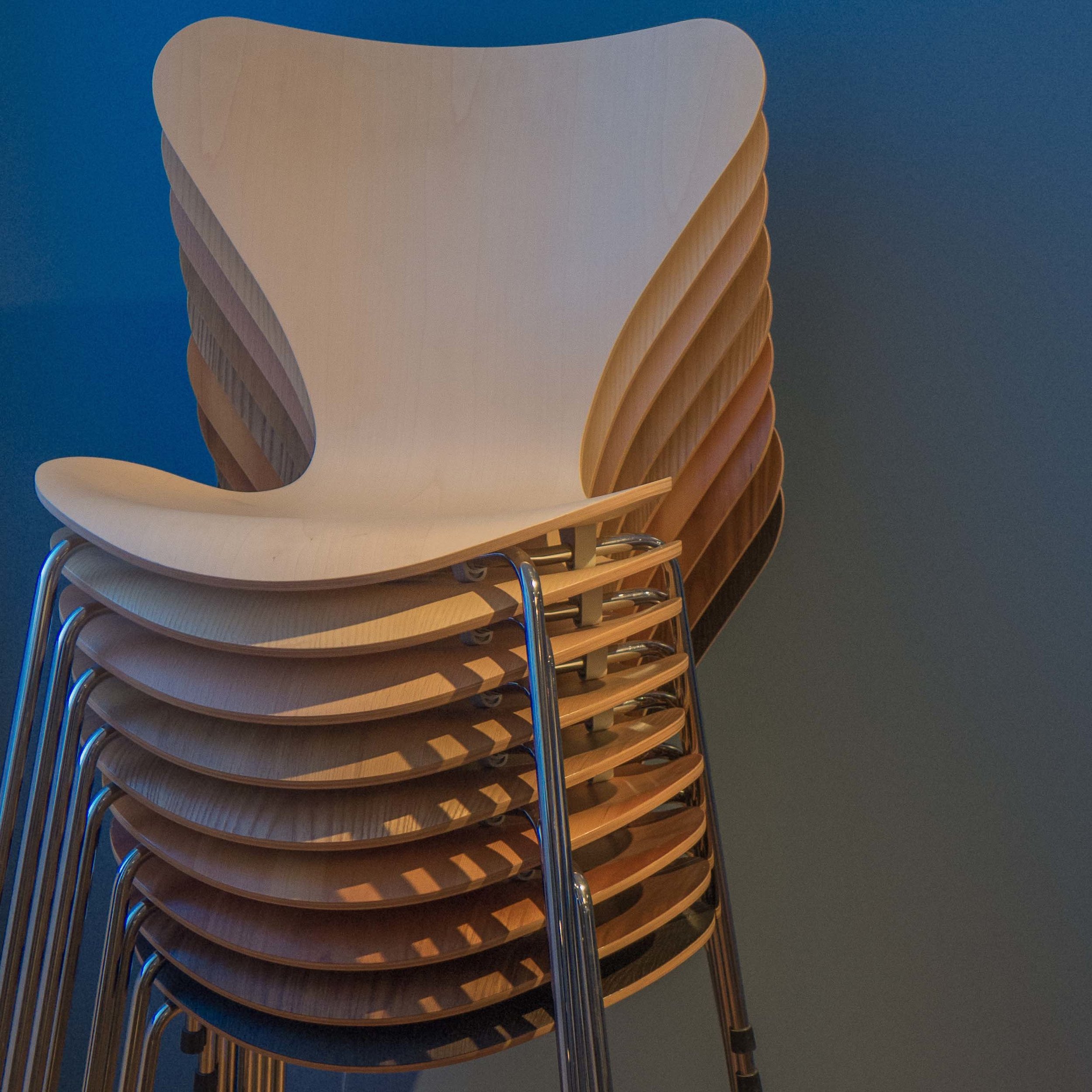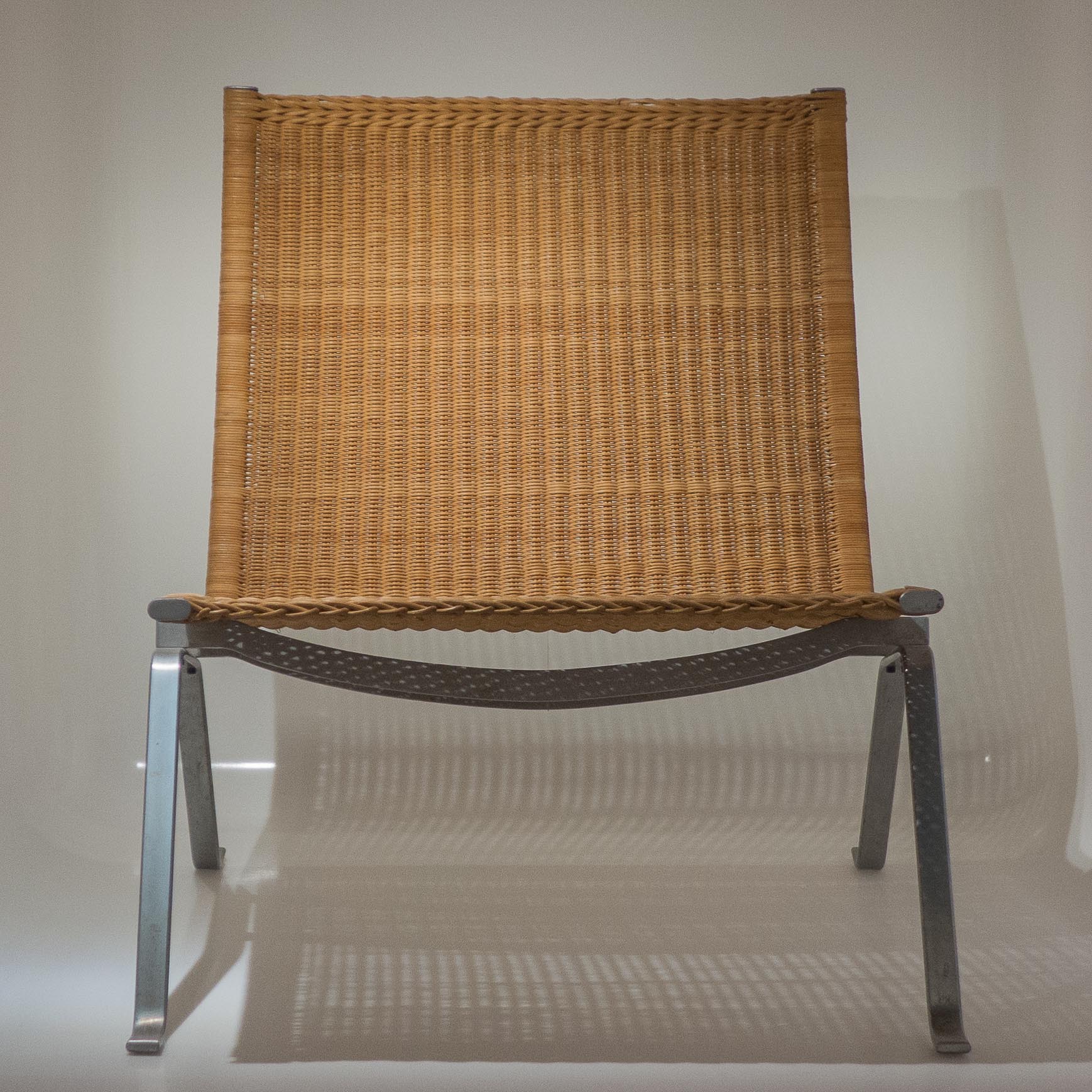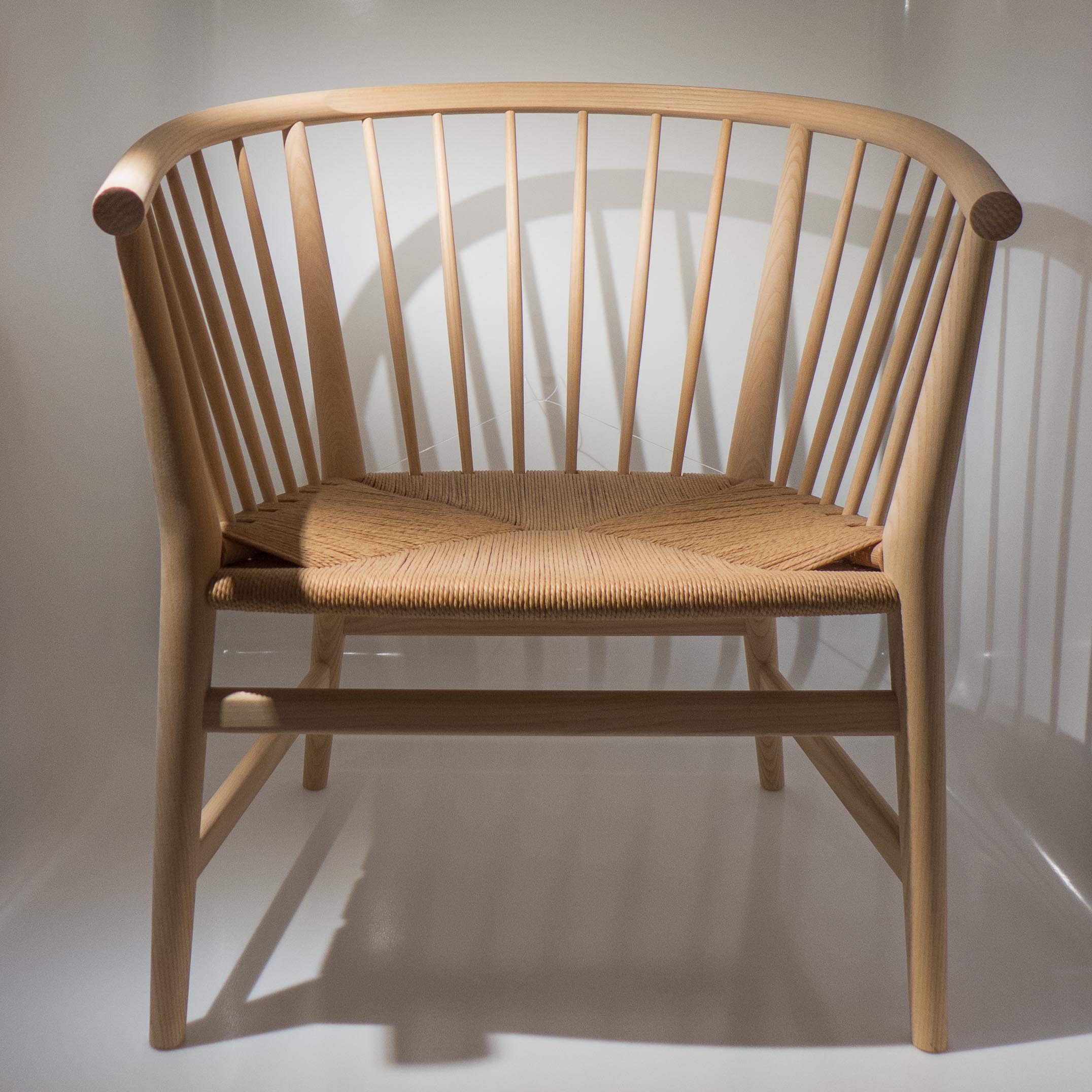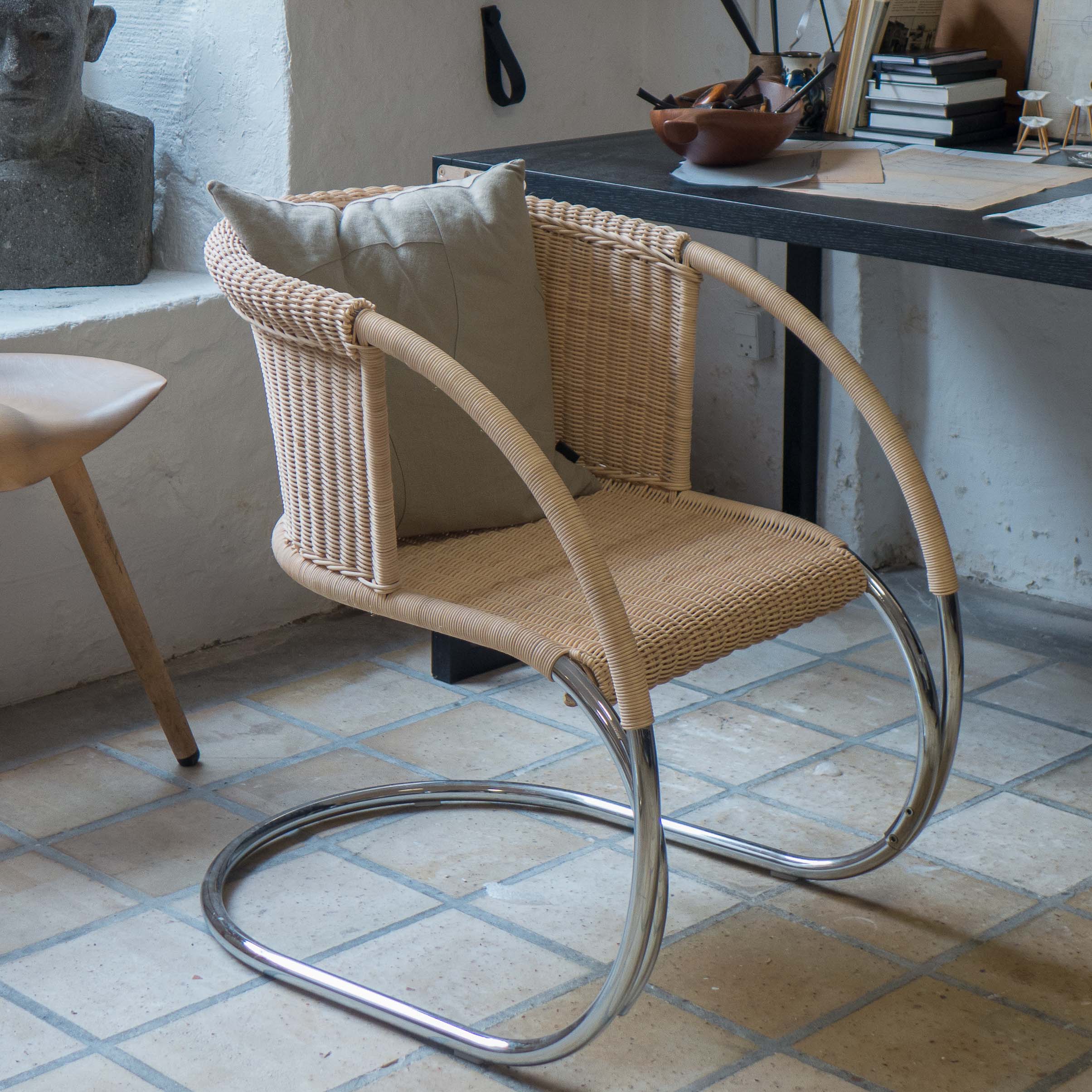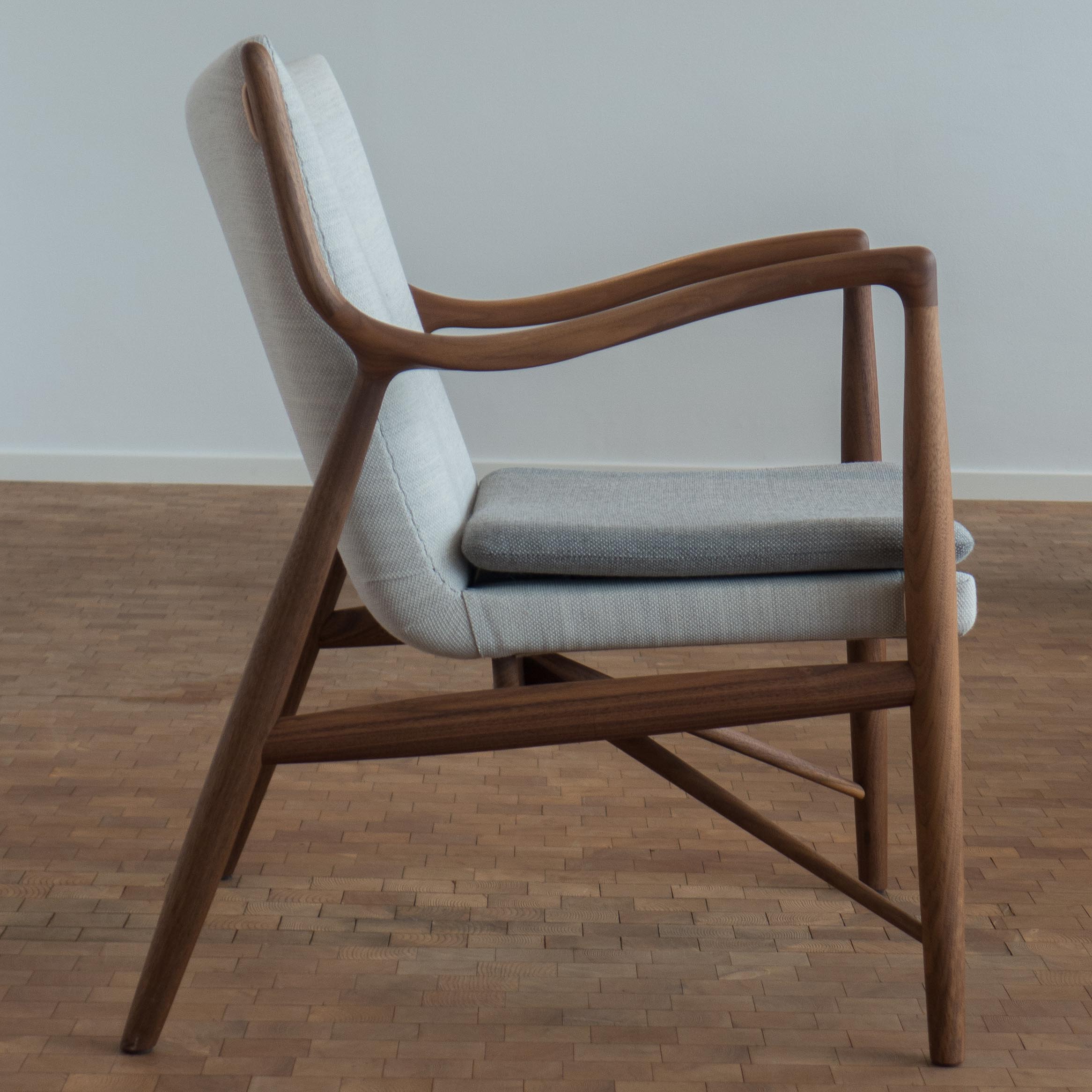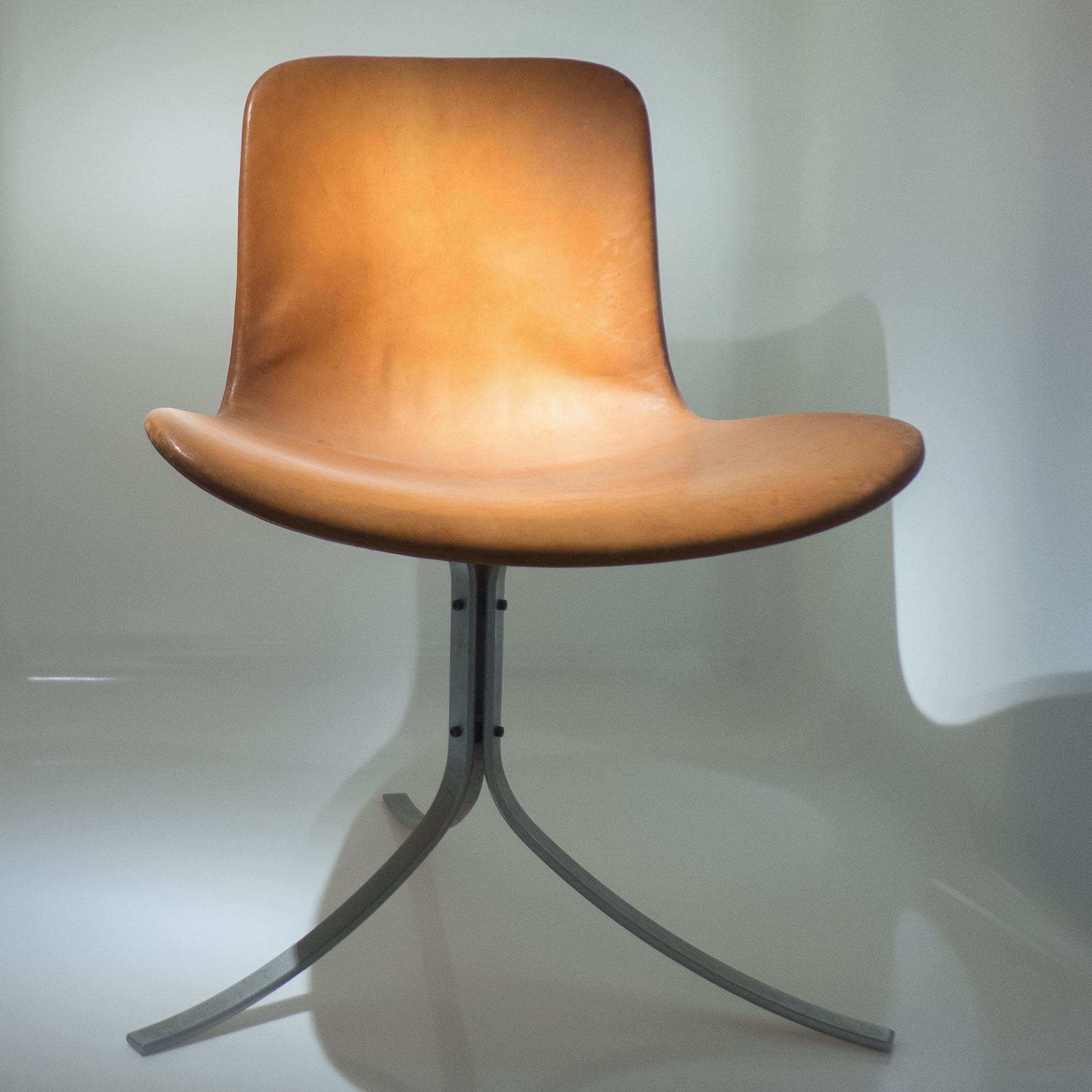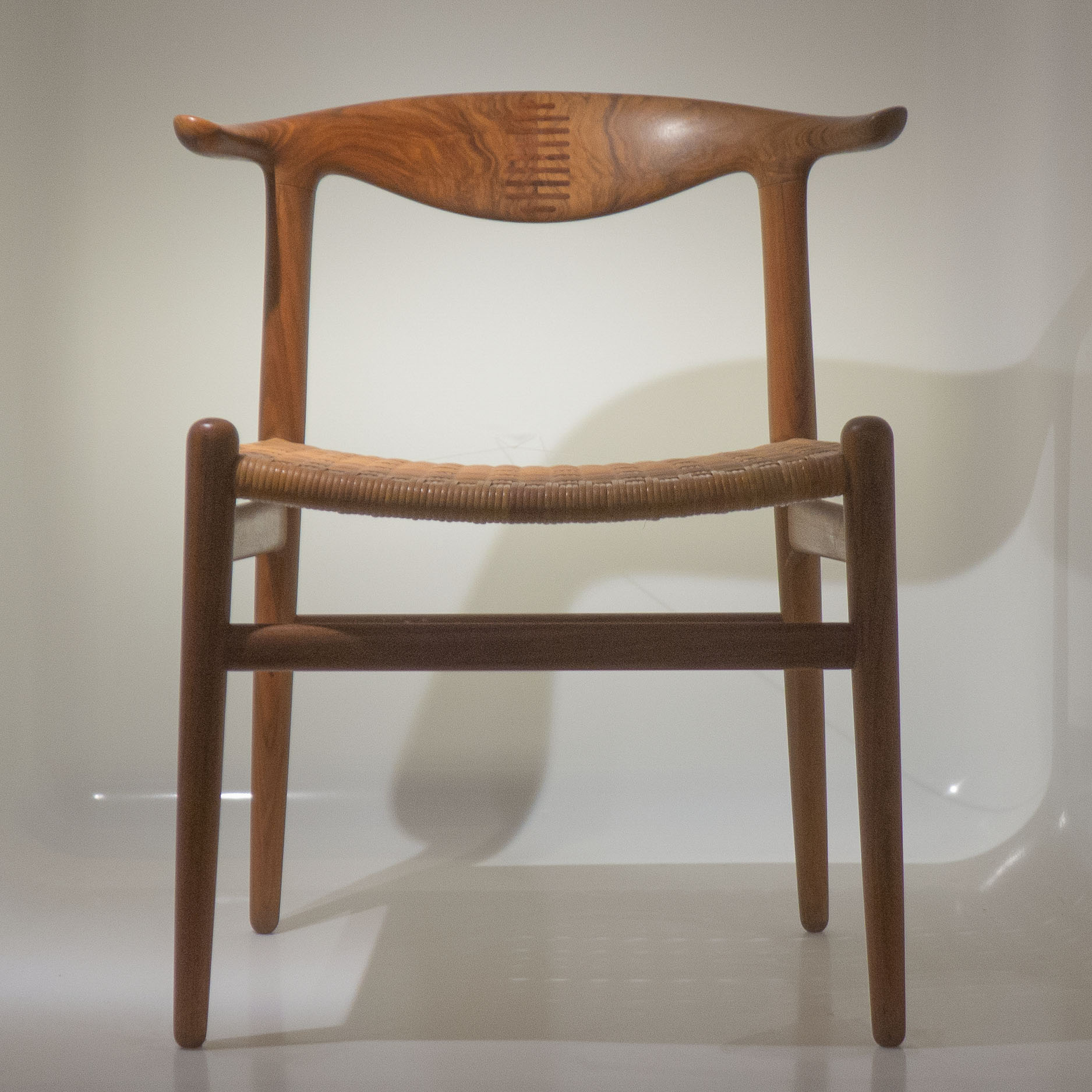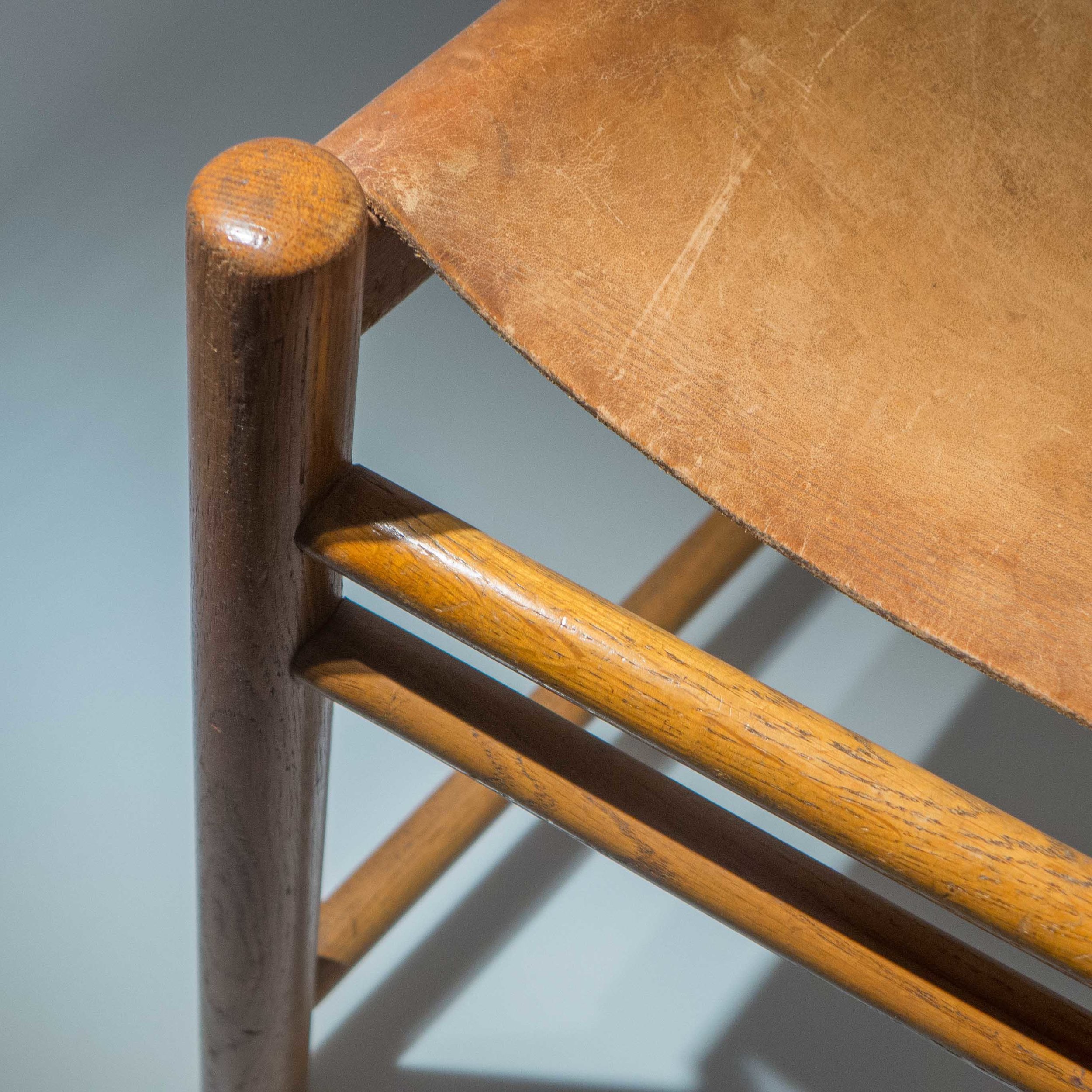sectional sofa 4698 by Kaare Klint 1933
/Designed by Kaare Klint and made by the cabinetmaker Rud.Rasmussen, the sectional sofa was shown at the Cabinetmakers’ Autumn Exhibition in Copenhagen in 1933.
It had two wide and low, leather-covered chairs without arms and a low stool, the same height as the seat of the chairs and also covered with leather. They could be arranged to form a wide, bench-like sofa or day bed with the slim and slightly angled upright ‘backs’ at each end forming arm rests or bed head and foot board or the chair units could be set side by side to form a wide two-seat sofa with a foot stool.
The room display for the exhibition was a ‘Study and Terrace’ and, as well as the sofa, furniture included a desk with a typewriter that swivelled up from the top drawer; a wide bookcase with glazed sliding doors and, for the terrace, the Deckchair or Folding Chair by Klint and his Safari Chair.
The frame of the sofa was mahogany, left untreated, and the upholstery was fixed with leather-covered buttons set regularly to form a diamond pattern in a traditional technique.
This fine leather - in the original furniture Niger goatskin - was taken down smoothly to cover the frame completely and because the chairs are low and solidly built they do not need cross rails so, together, the effect is that the chairs are very simple and look strong or robust. It is probably this and the buttoned leather that gives the impression that this is furniture for a gentlemen’s club.
In 1929, Klint had designed furniture for the Danish Pavilion at the Exposición Internacional de Barcelona with a large sectional table, and a leather-covered sofa that had narrow upright arms and separate cushions.
Klint visited the exhibition so surely he saw the German Pavilion designed by Mies van der Rohe with low upholstered chair - That became known as the Barcelona Chair and was to become an iconic design of modern furniture or rather international modern furniture.
Is the sectional sofa - heavy, squarely set, wide and almost starkly simple - without discernible style - designed just two or three years later, Klint’s response?
We know that Klint’s knowledge of furniture design was wide ranging but, when teaching, he used the study collection of the Design Museum to inspire his students and focused their attention on details of construction - used in other countries and in different traditions of cabinetmaking - rather than style or decorative elements.
designed by Kaare Klint (1888-1954)
made originally by the cabinetmaker Rud. Rasmussen
the sofa/chair is now produced by Carl Hansen & Son.
exhibited at the Cabinetmakers' Autumn Exhibition in 1933
mahogany frame and covered with leather
seat with back
height: 79cm
width: 92cm
depth: 70cm
height of seat: 37cm
stool
height/seat height: 37cm
width: 92cm
depth: 62cm
note:
Dimensions above are taken from the online catalogue of Designmuseum Danmark and sale catalogues.
In his definitive catalogue of the work of Kaare Klint published in 2010 Gorm Harkær gives slightly different measurements: height 33¼ inches (84cm) width 39 inches (99cm) and depth 26 inches (66cm)



